Date of Incident
Publication Date
In Partnership With
Additional Funding
Methodologies
Forums
Exhibitions
- Cloud Studies at Tensta Konsthall
- Life, Death, Love and Justice
- Forensic Architecture: Witnesses
- BLAST: aesthetics of violence between image, video and document
- Cloud Studies at the Whitworth
- Investigative Commons
- Microwave International New Media Arts Festival 2020
- Antibodies
- Cloud Studies at UTS Gallery
- Kaunas International Film Festival
- ... of bread, wine, cars, security and peace
- Forensic Architecture: Assembled Practices
- Triple-Chaser at the 2019 Whitney Biennial
Visit our open source pages for detailed, technical information on our machine learning process, synthetic image generation, our models, photorealistic environments, and code, as well as project updates.
Click here for our open source investigation into Sierra Bullets.
Triple-Chaser was made in response to an invitation to participate in the 2019 Whitney Biennial. FA and Praxis Films produced this work independently and without request, oversight, or influence by the Whitney Museum. It was our response to that commission, and the controversy then surrounding Warren B. Kanders. This fact was made clear on our screening booth at the Biennial.
When US border agents fired tear gas grenades at civilians in November 2018, photographs showed that many of those grenades were manufactured by the Safariland Group, one of the world’s major manufacturers of so-called ‘less-lethal munitions’. The Safariland Group is owned by Warren B. Kanders, the vice chair of the board of trustees of the Whitney Museum of American Art.
Whereas the export of military equipment from the US is a matter of public record, the sale and export of tear gas is not. As a result, it is only when images of tear gas canisters appear online that monitoring organizations and the public can know where they have been sold, and who is using them.
But this kind of manual research is laborious, and time-consuming. Automating any part of that process could be hugely beneficial to human rights monitors, and the pursuit of corporate accountability in the global arms trade.
In response to our invitation to the 2019 Whitney Biennial, and the controversy of Warren B. Kanders’ association with the institution, Forensic Architecture began a project to train ‘computer vision’ classifiers to detect Safariland tear gas canisters among the millions of images shared online.
Based on conversations with organisations including the Israeli NGO B’Tselem and the UK-based Omega Research Foundation, we took as our test case a Safariland-manufactured grenade known as the Triple-Chaser.
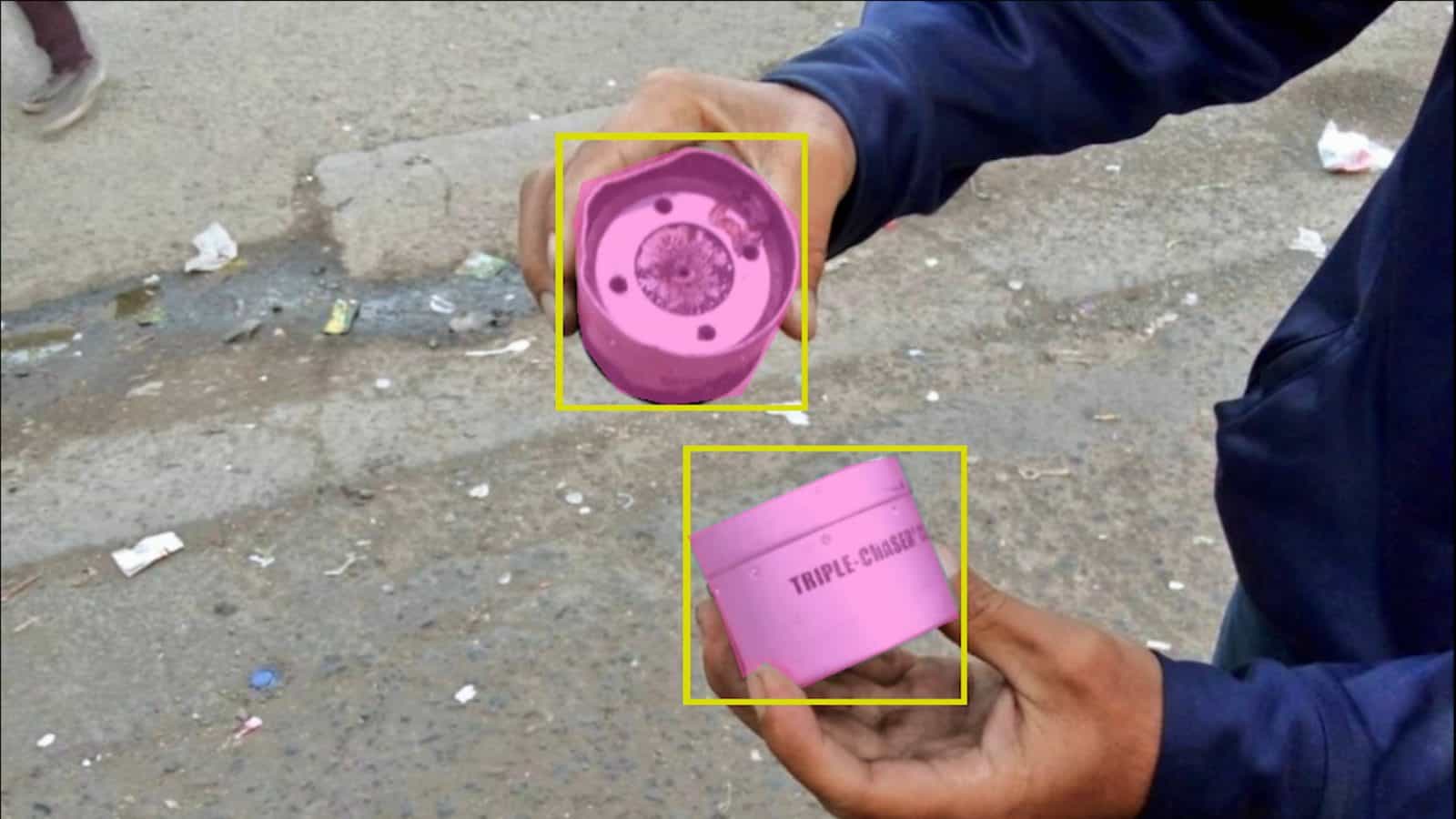
The task of training a computer vision classifier to identify a particular object usually requires thousands of images of that object. Images of the Triple-Chaser, however, are relatively rare.
To fill the gap, we constructed a digital model of the Triple-Chaser, and located it within thousands of photorealistic ‘synthetic’ environments, recreating the situations in which tear gas canisters are deployed and documented. In this way, ‘fake’ images help us to search for real ones, so that the next time Safariland munitions are used against civilians, we’ll know.
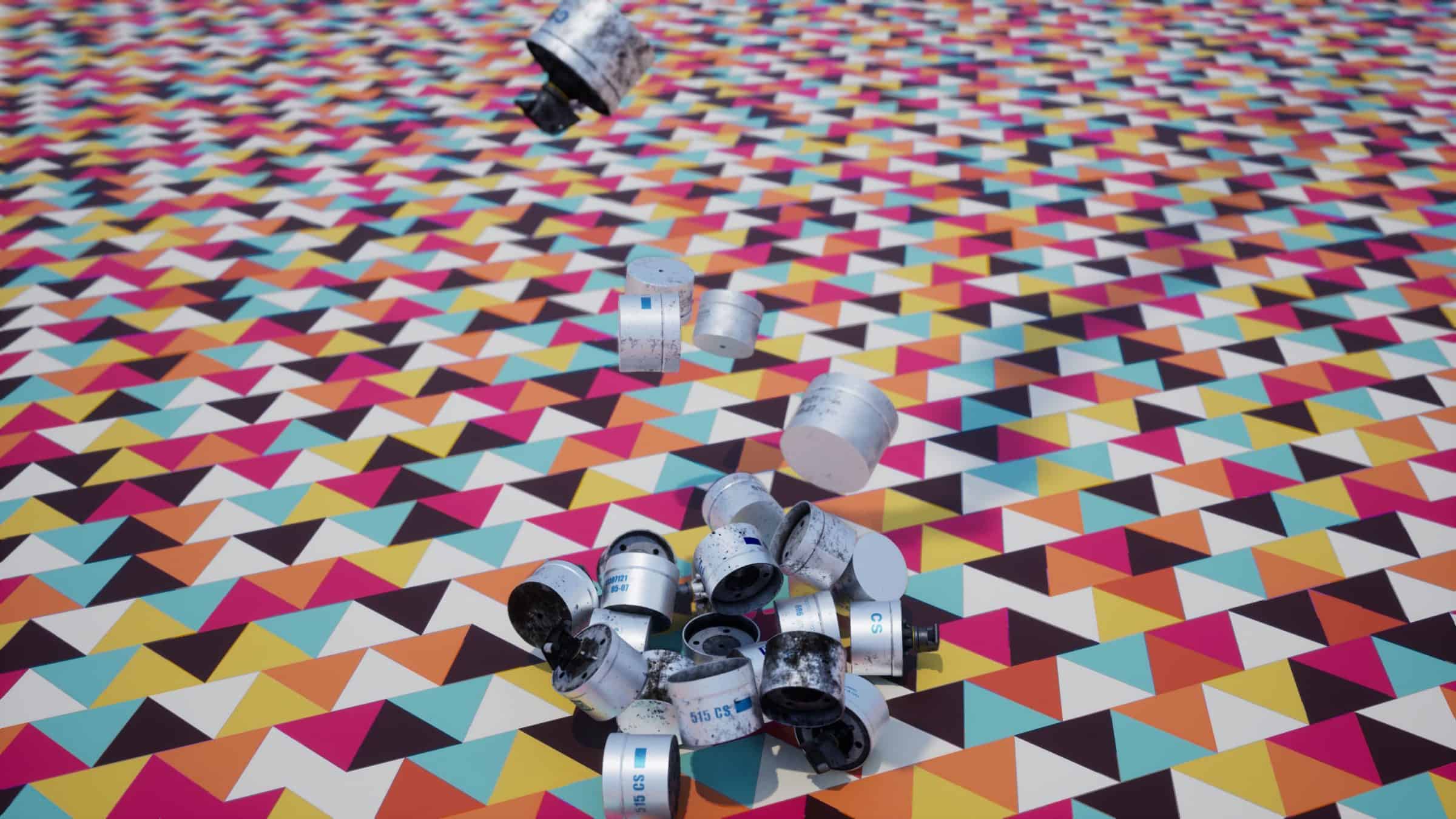

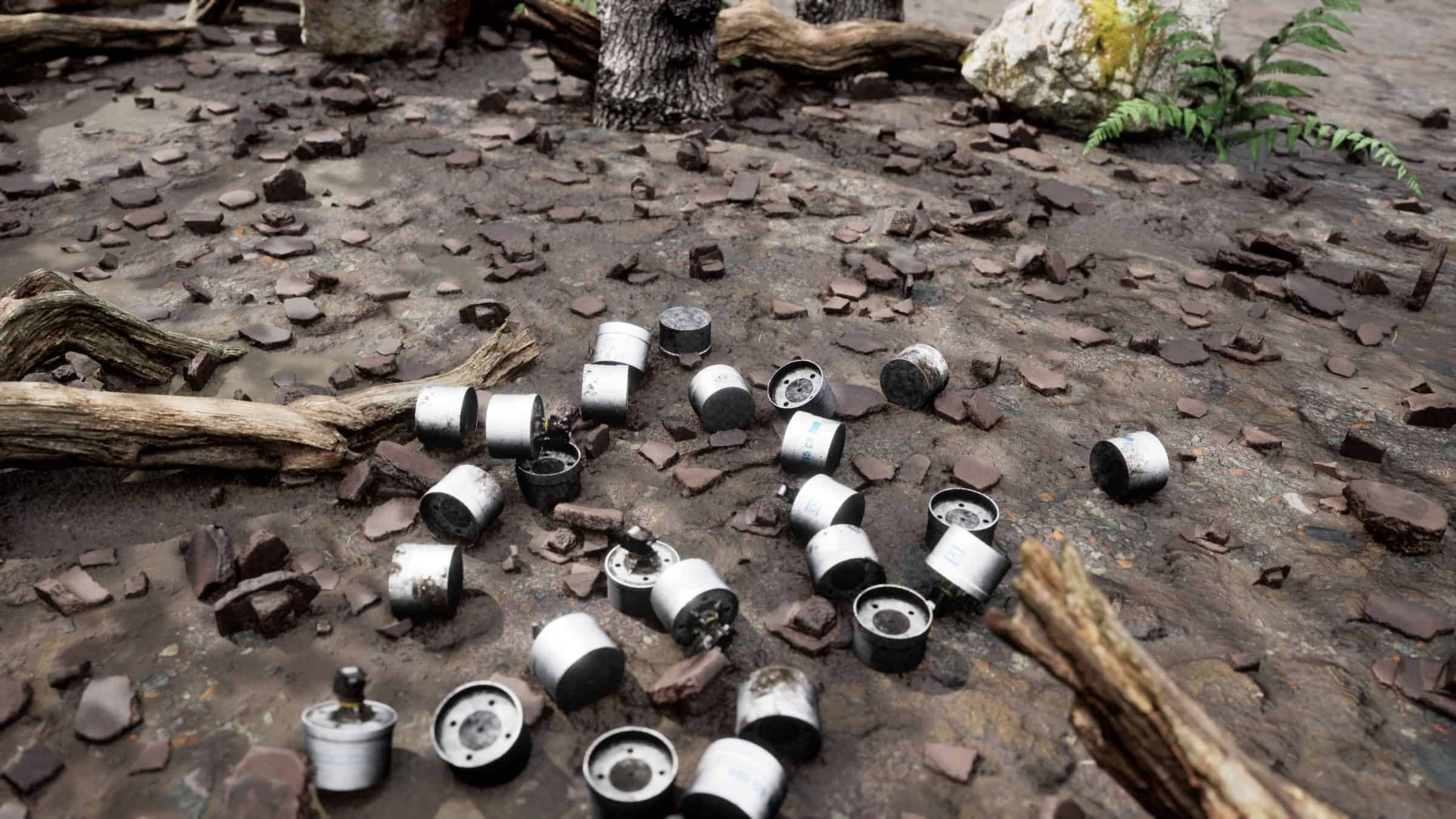
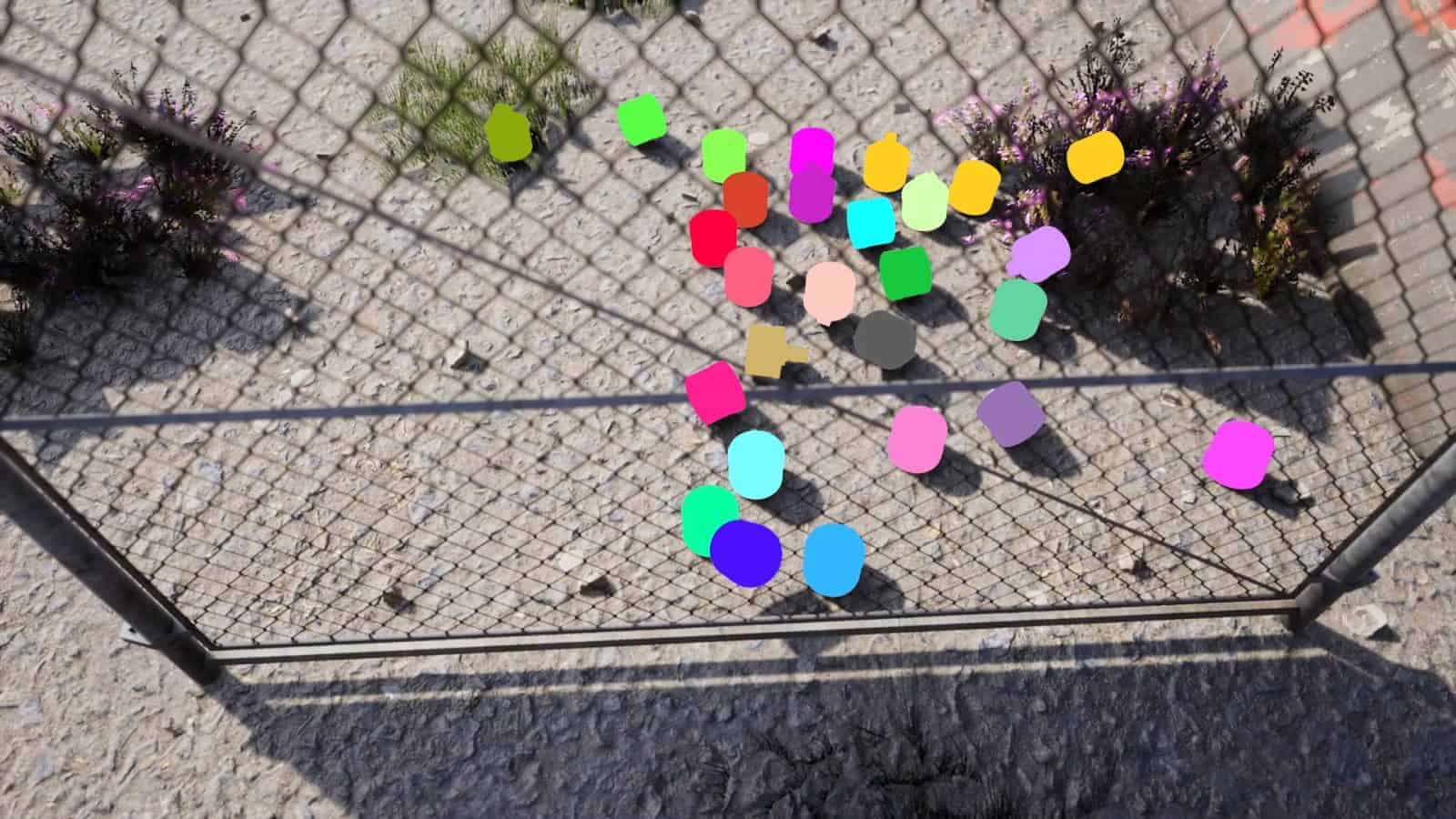
In partnership with Praxis Films, we presented the story of this research project as a video investigation, which premiered at the 2019 Whitney Biennial.
During the course of our research, we also exposed Kanders’ connection to the violence committed by the Israeli military against Palestinians in Gaza, through the US bullet manufacturer Sierra Bullets.
You can read our investigation into Sierra Bullets here.
Update
 09.04.2019
09.04.2019
At the request of Decolonise This Place, an activist collective leading weeks of protest against Kanders’ connection to the Whitney, Forensic Architecture proves the presence and use of Safariland products by police during civil unrest in Puerto Rico in 2018.
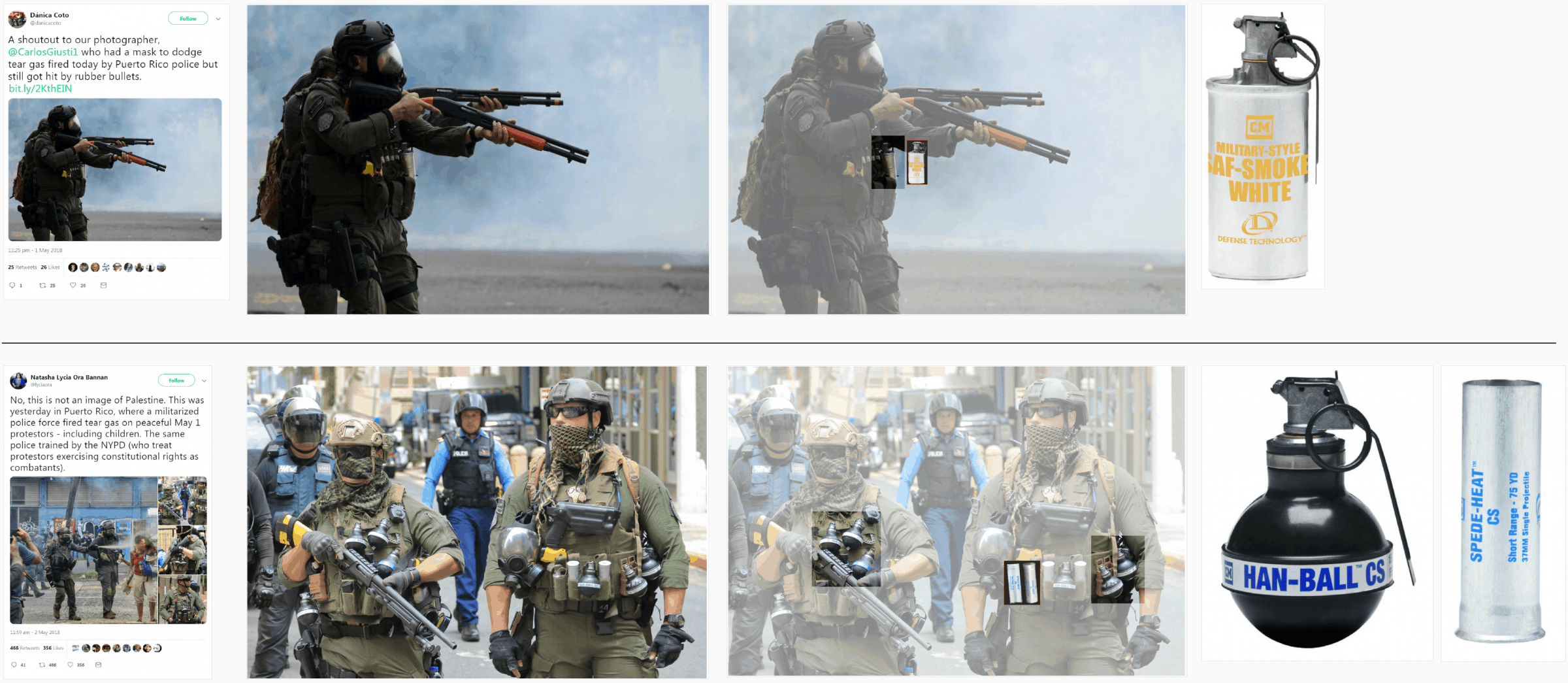
Update
 14.05.2019
14.05.2019
We release our open source investigation into Sierra Bullets, which exposes the connection between Kanders, Sierra Bullets, and violence against civilian protesters by the Israeli military in Gaza.
Update
 20.07.2019
20.07.2019
Forensic Architecture withdraws from the 2019 Whitney Biennial. The decision to withdraw, along with seven other artists, was the result of inaction by the Whitney Museum in response to the allegations against Kanders.
Update
 25.07.2019
25.07.2019
Kanders resigns from the Whitney’s board of trustees following protests led by activist group Decolonize This Place.
In direct response to his resignation, we rescind our request to have our work withdrawn, along with several other artists.
Update
 09.06.2020
09.06.2020
Kanders announces that he will divest his company of divisions that sell chemical agents, including tear gas, amidst the use of the Triple-Chaser tear gas grenade by police against Black Lives Matter activists across the US.